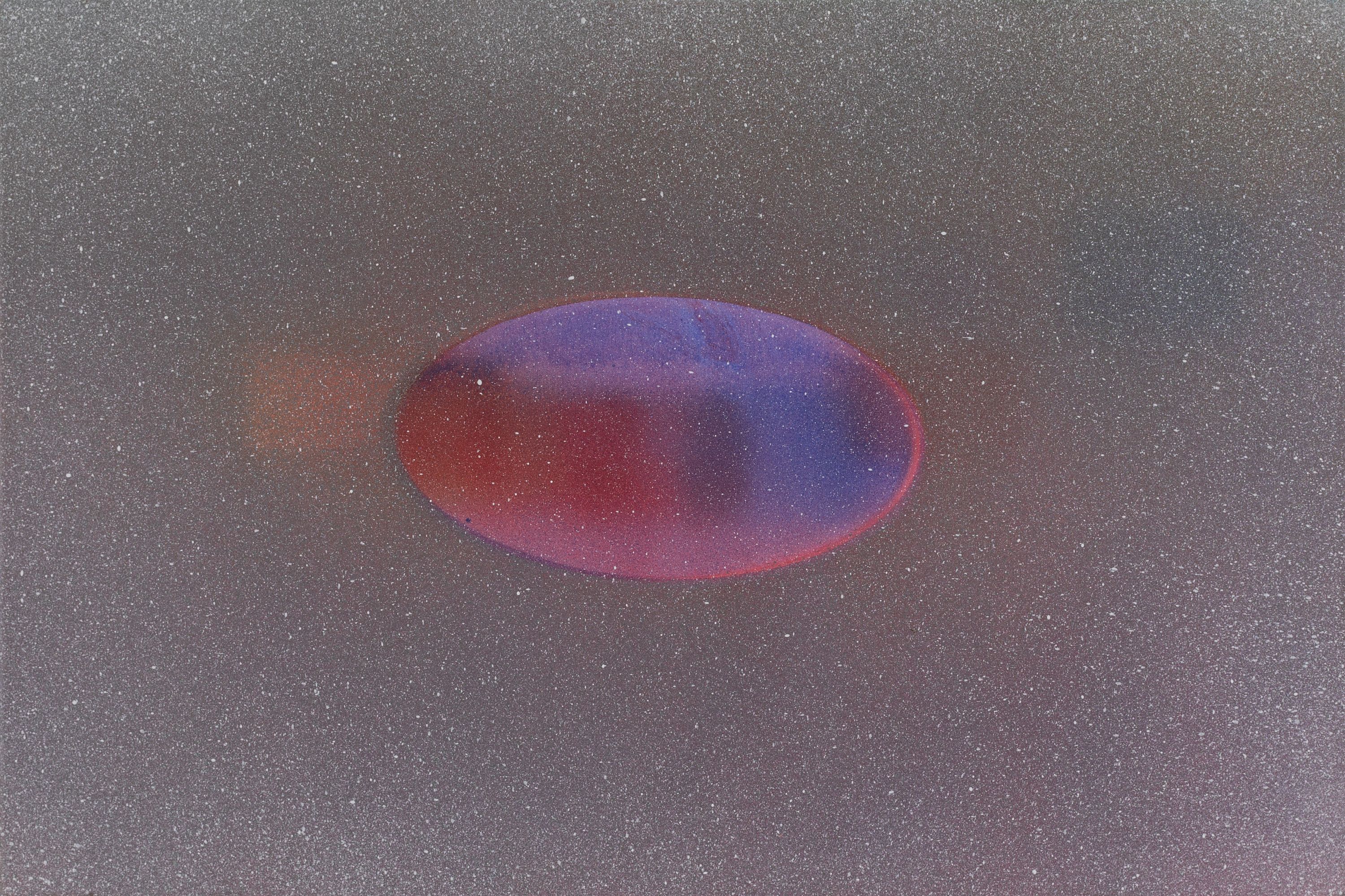Erik Mátrai
acb Space
| Venue: | acb Gallery |
| Date: | Jun 17 – Aug 25, 2016 |
Description
Since the beginning of his path as an artist, Erik Mátrai has been interested in Christian transcendence and the ways in which it can be expressed through art. His work, which engages simple symbols and paraphrases, is primarily inspired by personal experience. The continuously reappearing elements which lend his art its distinctive character — roaring or quietly rippling water, fire, the sea, plays of light and luminous phenomena — reflect Mátrai's intention to create works that also evoke experiences that shape consciousness, inspire tranquillity and are conducive to meditation.
Erik Mátrai has been experimenting with space and light for a number of years, with the principal aim of capturing and conveying the experience of spiritual transcendence. While the artist's motivation is rooted in the transcendent experiences of his own Christian faith, his installations also leave the door open for other possibilities in terms of different religious or cultural approaches.
The site-specific installation presented at the acb Gallery with the title acb space is a large scale manifestation of the research the artist has been undertaking for the past two years, exploring interactions between colour and light. The method, used until now by Mátrai in the form of shaped paintings, utilizes the principles of colour reflexes appearing on white surfaces. Its application expanded to the entire space creates a complex sensual experience out of a simple optical phenomenon. As the various objects and degrees of perception also become manifest, visitors, after perceiving light, colour and space, also access such higher domains of perception as proportions, balance, and, finally, from a conjunction of these, transcendence. The increasingly brightly lit, connected booths of colour represent various stages of spiritual experience, leading to an altar-like, closed space, thus transfiguring the exhibition space, quite literally, into sacred space.
The installation, which treats the unique physical specificities of the space as shapable phenomena, may understandably call to mind the works of such artists as Olafur Eliasson or James Turrell. In the case of Erik Mátrai, however, the balance between the intellectual concepts of being and nonbeing, of the sacred and the profane, are born not of mystical immateriality, but of the comprehensible, graspable and simple use of materials (polystyrene, linoleum, paint) in the name of everyday transcendence.

